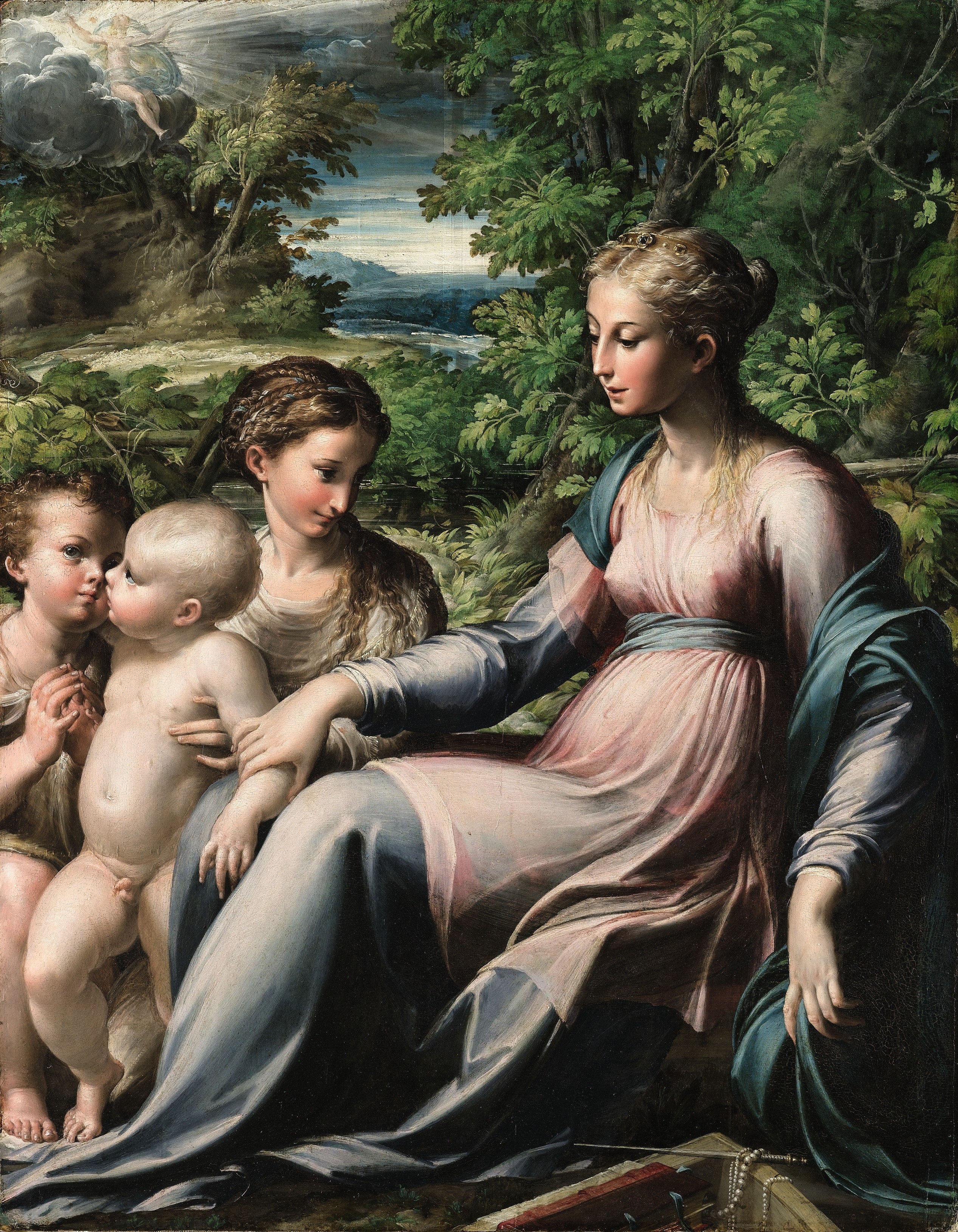
Once again, the UK is pushing to keep a painting of historic importance from being sold to a foreign buyer, this time to the J. Paul Getty Museum in Los Angeles. The country has issued a temporary export bar on a work by Italian Renaissance painter Parmigianino in the hopes that a UK buyer will come forward to match the £24.5 million ($30.5 million) price being paid by the museum.
Prior to the sale, which the Getty announced in August, the work, titled Virgin and Child With Saint Mary Magdalene and the Infant Saint John the Baptist, was temporarily loaned to the Getty, where it was shown with works by Pontormo and Bronzino. Previously, it had been on long-term loan to the National Gallery in London.
“I very much hope that we keep this wonderful piece in the UK and on display, so that generations can marvel at it in the years to come,” said Matt Hancock, the minister of state for digital and culture in a statement released by the Department for Culture, Media & Sport, praising “its highly unusual iconography and rare depth of color.” It is the only known work by the artist on paper affixed to panel.
A Parma native, Parmigianino was born Francesco Mazzola. A leading Modernist, he is considered one of the most important painters of the 16th century despite dying at the age of 37. The canvas was one of the first Parmigianinos bought by a British collector, and has been in the country for nearly 250 years. It was acquired from the Barberini Collection in Rome.
“I can’t think of a more ravishingly beautiful Italian Old Master painting remaining in any private collection in the United Kingdom,” added Aidan Weston-Lewis of the Reviewing Committee on the Export of Works of Art and Objects of Cultural Interest, the organization responsible for issuing recommendations on whether culturally significant objects should be allowed to leave the UK.
“It is in pristine condition, has a very distinguished ownership history and, unusually for the period, has the additional fascination of being painted on paper, which opens up new avenues for scholarly research and technical investigation,” he added. “Its permanent export overseas would be a major loss.”
On the flip side, the painting would represent a major coup for the Getty: “This is a rare opportunity for us to enrich our collection with a masterpiece from one of the most accomplished Italian artists of the sixteenth century,” said museum director Timothy Potts in a statement. “Paintings of this importance and in such superb condition very rarely become available on the market these days.”
“Intended for private devotion, the intimate religious subject exhibits Parmigianino’s characteristic polished and enamel-like paint surface,” noted the Getty’s description of the work. “Exquisitely rendered details; the lush landscape, elaborate hairstyles of the two women, interplay of hands, and still life with the jewels of Mary Magdalene, enhance the transcendent beauty of the composition.”
In an email to artnet News, a spokesperson for the Getty noted that “this is the usual process and what we expected. We understand and respect the UK’s export license process.”
The temporary export bar is in place until June 9, with an option to extend it to December 9 should a serious buyer need longer to raise the necessary funds. Should the National Gallery be interested, they might already have the funds available: they recently raised £30 million ($37.35 million) for Jacopo Pontormo’s Portrait of a Young Man in a Red Cap, but the American buyer, J. Tomilson Hill, rejected their offer, because the pound has slumped, post-Brexit, since he first bought the work.